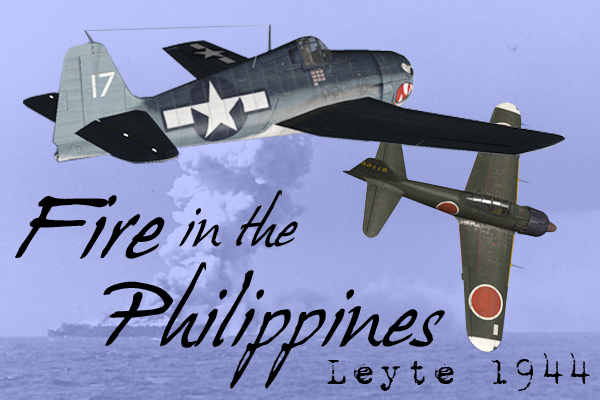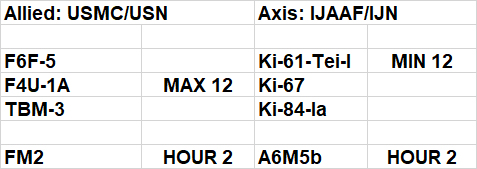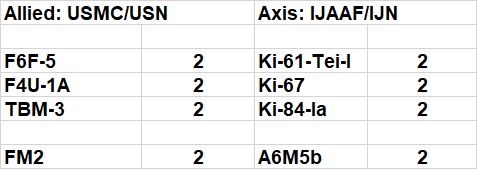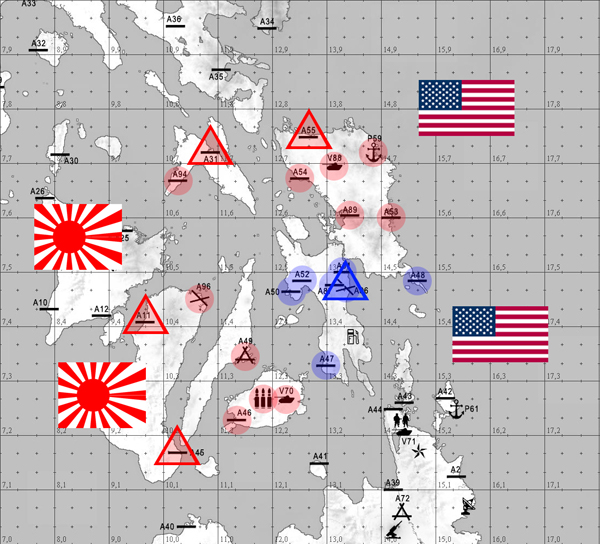Fire In the Philippines: Leyte 1944

October 24th, 1944
Five Months after the Japanese Disaster in the Philippine Sea, The Allied forces in the Pacific in were in prime position to strike in numerous locations around the Pacific. The two major targets were Formosa or the Philippines, both were key Axis strongholds.
Debate between the US Joint Chiefs of Staff, General Douglas MacArthur, and Admiral Chester Nimitz finally decided that an Invasion of Formosa was impossible without more troops available and the fact that the Japanese had a considerable if not dangerous amount of air power in the Philippines.
Finally, two years after being ordered to flee the Islands to Australia, MacArthur would get his triumphant return. At the same time, Japan put into effect ShÅ-GÅ 1, a plan to lure away the American forces covering the Invasion of Leyte, and engage the unprotected invasion force. The Air and Sea Battles to follow the Invasion are now known as the Battle for Leyte Gulf.
Considered in some aspects as being the largest naval battle ever fought, The Second Battle of the Philippine Sea marked the last sizable naval operation of the war for the Japanese, it also marked the first use of the Kamikaze. In the end, the US was victorious, but did lose several warships including one light carrier, and two escort carriers.
In this FSO the Allies have landed on Leyte and the Battles of Leyte Gulf are about to commence. The CIC's will have command of the fleets and Air and Naval Engagements are going to be a large portion of the victory conditions for this FSO.
PLANE SET

- F4U-1A - 1000lb Bombs Disabled
- F6F-5 - 1000lb Bombs and Rockets Disabled
- FM2 - Rockets Disabled
- Ki-67 - Torpedo Only
- TBM-3 - Torpedo Only
SCORING
AIRCRAFT

OBJECTS



*Ship points doubled when sunk by Torpedo.*
ACE MISSIONS:
Each side will have one mandatory Ace mission per frame. These frames will represent notable pilots of the time and theater. One pilot from each side will designated an "Ace" Pilot. They must fly the Aces listed aircraft. The Aces must be relayed to the Admin CM before launch. They will be scored as follows.
Ace Pilot = 20 Points
Ace Pilot Kills = 20 Points
So for example if an Ace Pilot is shot down they are worth 20 points to the other side. Like wise, every victory an Ace Pilot lands they will be rewarded 20 points.
ALLIED ACES
FRAME 1 – F6F-5 - CDR David McCampbell (USN) – Oct 24th the Navys highest scoring ace claimed 9 victories in one mission during the Battle of Leyte Gulf. Him and his wingman Ens Roy Rushing would account for 15 victories that day. McCampbell would end the war with 34 victories and would be awarded the MOH, Navy Cross, Silver Star, LOM and DFC, for his commanding role of Air Group 15, 34 aerial victories, and his actions on Oct 24th, 1944.
FRAME 2 – FM2 – Capt. LT CDR Harold Funk (USN) – Funk was serving with VF-26 from CVE-29 USS Santee on October 24th when he shot down 4 bombers and 1 Zero fighter. He claimed another bomber later that evening on his second sortie. He was one of two FM2 pilots to shoot down at least 5 enemy aircraft and make Ace in a Day on October 24th in the Battle of Leyte Gulf. He would later be awarded the Navy Cross for his actions on this day.
FRAME 3 – F6F-5 - Lt Charles "Skull" Stimpson (USN) - Stimpson was already an ace pilot from a tour at Guadalacanal, scoring 6 victories in VF-11 Sundowner F4F Wildcats. He would score 10 more kills in the Philippines and Formosa during a 4 week period in October/November 1944 flying F6F Hellcats with VF-11. He would be awarded the Navy Cross and 3 DFCs and Air Medals.
AXIS ACES
FRAME 1 – KI-84-IA –Katsuaki Kira (IJAAF) – Kira flew in nearly every JAAF campaign, Manchuria, Dutch East Indies, New Guinea and the Philippines. Kira would encounter the famed US P-38 Ace Dick Bong and do battle with the elite 49 FG. His unit was destroyed in the Philippines and he would withdraw to Formosa. Kira would last see combat in the skies over Okinawa. He survived the war with 21 kills.
FRAME 2 – A6M5B – Hiroyoshi Nishizawa (IJN) – Nishizawa was a veteran of New Guinea and the Battle for Guadalcanal where he recieved the nickname the Devil of Rabaul and was a member of the Cleanup Trio of Saburo Sakai and Toshio Ota. Nishizawa was transferred to Luzon and Cebu in October 1944 where he escorted the first Kamikaze attacks. Nishizawa was killed while riding in a transport plane on Oct 26 1944. He personally claimed 87 aerial victories.
FRAME 3 – N1K2-J - Shoichi Sugita (IJN) – Sugita saw fierce action in the Solomons and became a leading ace in the campaign and flew in the infamous Yamamoto mission. Sugita continued to fight on in the Carolines, Marianas and scored numerous kills in the Philippines. Sugita was killed while trying to take off on April 15th 1945 during a US raid on Kamikaze bases in Kyushu. He claimed over 120 kills, but was credited with 70.

- Luzon Terrain
- Icon Range – Friendly 3k, Enemy 3k.
- No Radar
- Fighter and Bomber Warning Range - 63360 (12 miles)
- Tower Range – 63,360 (for display to match the above Fighter and Bomber Warning)
- External view for bombers (F3) - On
- Friendly Collisions - Off
- Enemy Collisions - On
- Kill Shooter - Off
- Fuel - 1.0
- Ack - 0.3
- Formations - DISABLED
- Bombsite calibration - Main Arena Standard
- No Radar
- Fighter and Bomber Warning Range - 63360 (12 miles)
- Tower Range – 63,360 (for display to match the above Fighter and Bomber Warning)
- External view for bombers (F3) - On
- Friendly Collisions - Off
- Enemy Collisions - On
- Kill Shooter - Off
- Fuel - 1.0
- Ack - 0.3
- Formations - DISABLED
- Bombsite calibration - Main Arena Standard
- Stall Limiter - Enabled
- Visibility - 17 miles
- Object Downtime – full (200)
- Winds - None
- Object Downtime – full (200)
- Winds - None
- Clouds - Light
- Game Clock:
Frame 1: 06:00
Frame 2: 12:00
Frame 3: 16:00
Frame 1: 06:00
Frame 2: 12:00
Frame 3: 16:00
Design by Will "Nefarious" Hyman